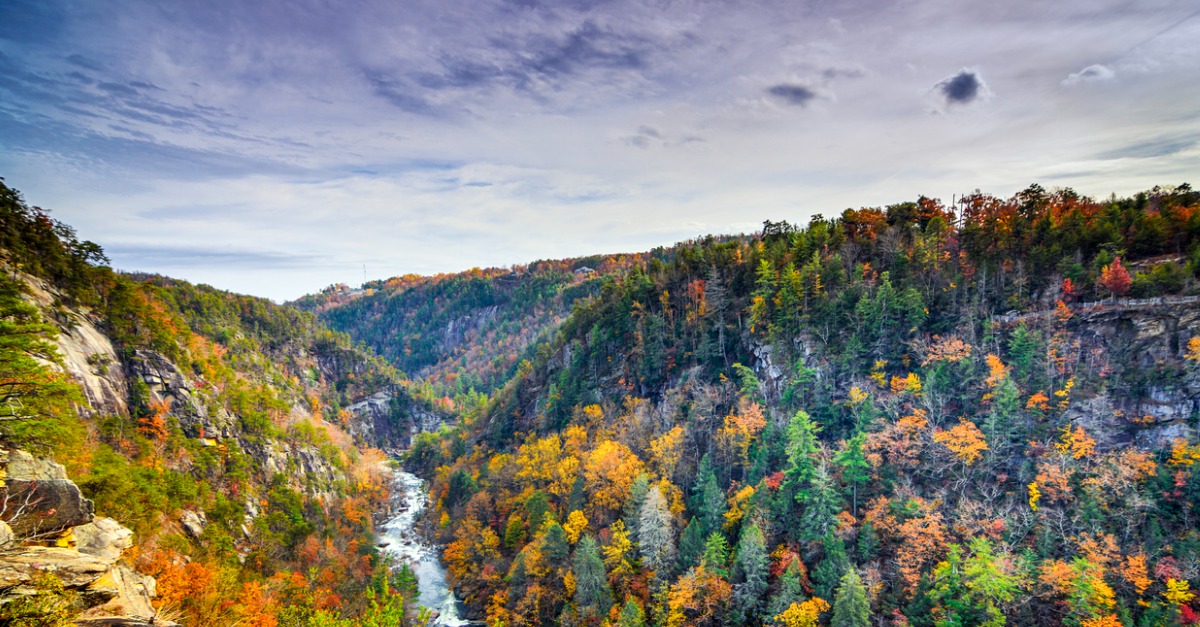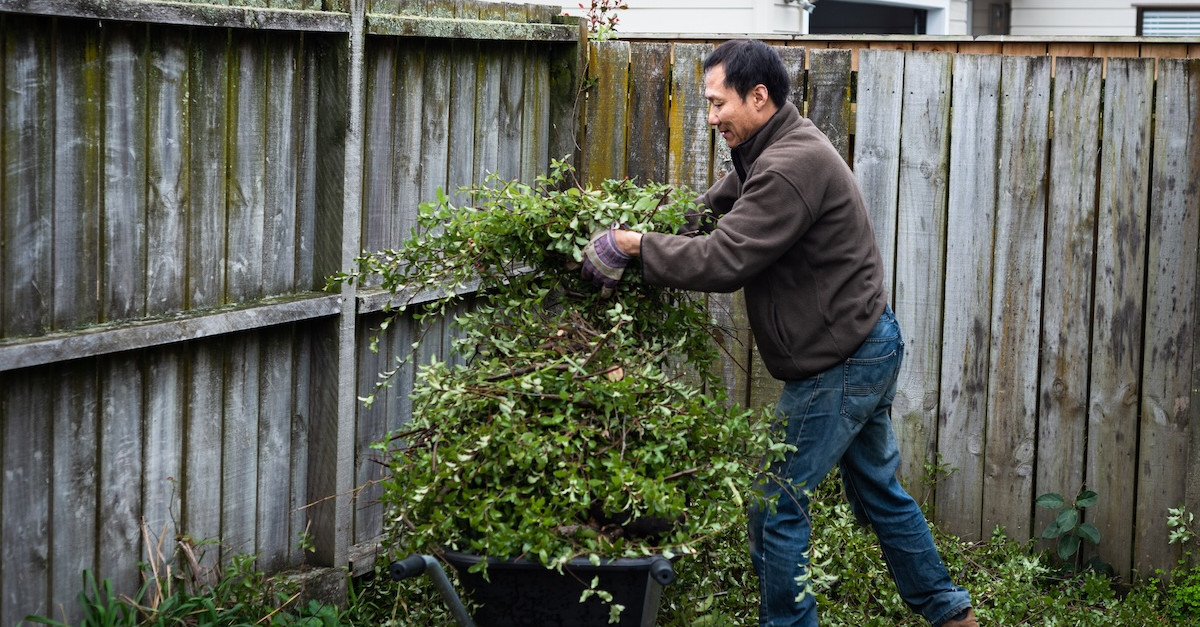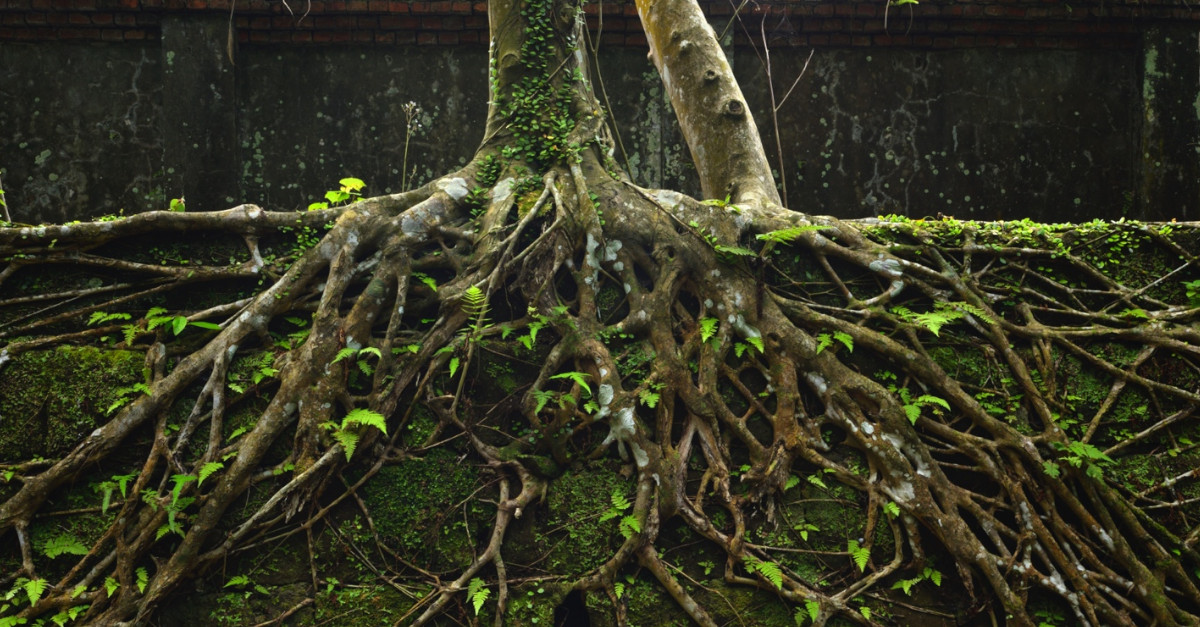Best Places in Georgia for Leaf-Peeping
Autumn is just a few weeks away. Time for flannels, turtlenecks, pumpkin-flavored everything, and, of course, the changing of both light and leaves.
Though determining the exact dates for peak fall foliage in Georgia isn’t an exact science, on average you can expect them toward the end of October and early November, when warm sunny days are coupled with chilly (but not freezing) temperatures in the evening.
Once that combination becomes consistent, strike out to these destinations to experience some striking fall color.
Brasstown Bald
Georgia’s tallest mountain might be at the top of your list this year. Brasstown Bald provides dramatic views at any season, but especially in the fall. The paved Summit Trail leads from the parking area to the Visitor’s Center, and is only a 0.6 mile hike, but is also very steep. The park provides shuttle service daily as an alternative. Can’t make the trip? Live streaming webcams are also available.
Cloudland Canyon State Park
The Georgia Department of Natural Resources dramatically describes this park as “Home to thousand-foot deep canyons, sandstone cliffs, wild caves, waterfalls, cascading creeks, dense woodland and abundant wildlife.” Providing multiple stunning overlooks, Cloudland Canyon is also equipped with opportunities for horseback riding, fishing, picnicking, mountain biking, disc golf, and several overnighting options.
George L. Smith State Park
For a more unusual fall foliage experience, enjoy the deep orange of cypress trees reflecting off this park’s blackwater pond. Pack a thermos of cider and visit the refurbished Parrish Mill and Pond, originally built in 1880 with a combination gristmill, sawmill, covered bridge and dam.
Tallulah Gorge State Park, Tallulah Falls
Whether you’ve visited before or are brand-new to this state park, you’ll be glad you took in the waterfalls and scenery of what Explore Georgia describes as “One of the most spectacular canyons in the eastern U.S.” Permits are required to access the gorge floor, but a suspension bridge swings 80 feet above the river, and there are several other activities as well.
Unicoi State Park & Lodge
If you’re seeking relaxation, adventure, or a little bit of both, Unicoi State Park and Lodge may fit the bill. With zip lines, hiking, paddle boarding, fly fishing, archery, scavenger hunts, plus a restaurant and lodge, you’ll find something for everyone — including breathtaking views of both foliage and falls.
Victoria Bryant State Park
Perhaps you’ve never heard of this secret Georgia gem, but if there’s a golfer in your family, you may want to add it to your list of fall destinations. The Highland Walk Golf Course is a beautiful—but challenging—course, while the stream and two hiking trail options will provide enjoyment for everyone else after tee time.
No matter where you are in Georgia, you can experience a spectrum of color by looking out for red oaks, sweetgums, eastern redbuds and others right in your own backyard. And Georgia’s State Parks offer an online “Leaf Watch,” where others post their most fabulous fall finds. To care for your trees during this change of season — no matter their color — reach out to us online or give us a call at 404.252.6448.










